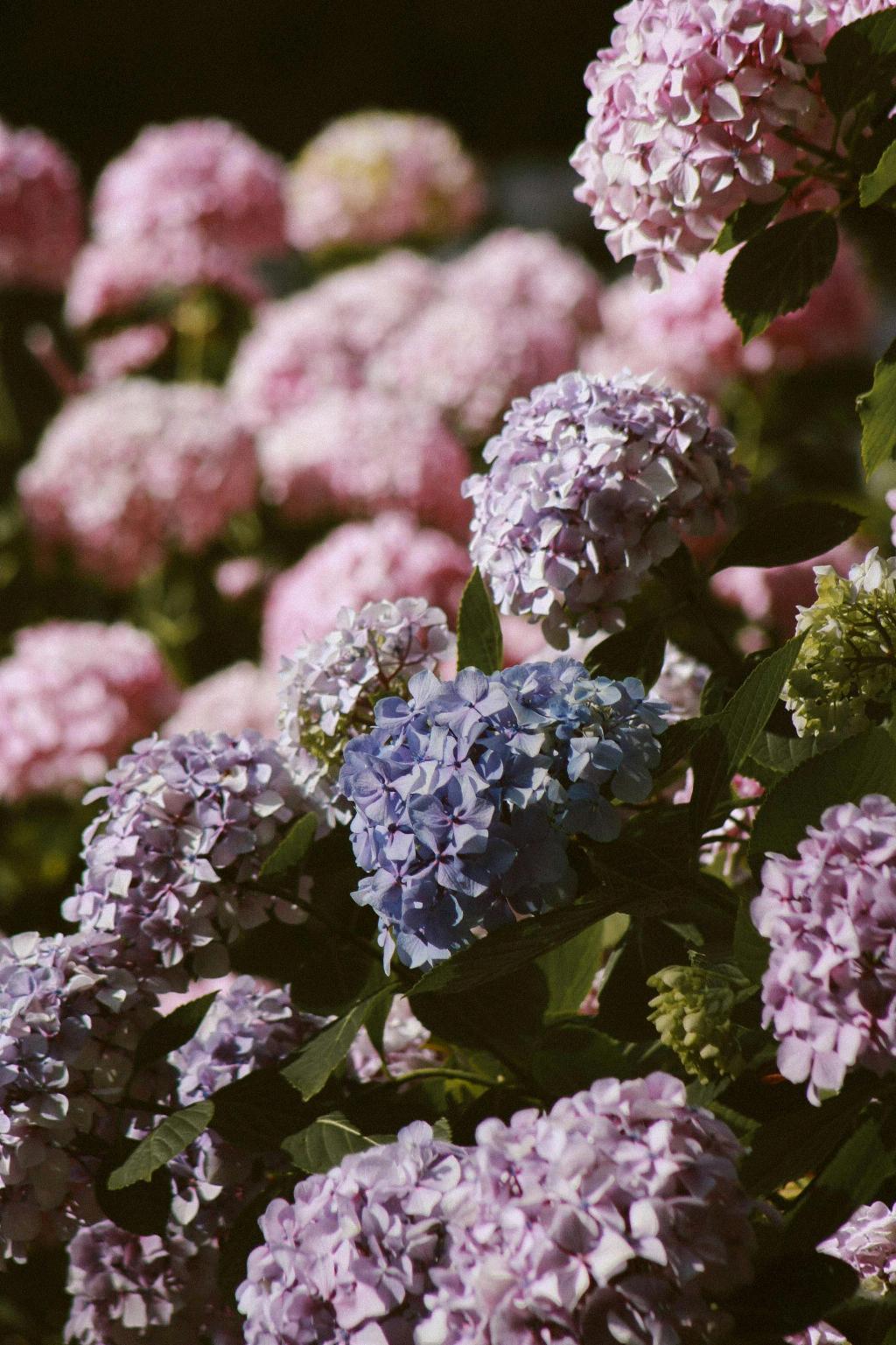When it comes to caring for your hydrangeas, deadheading is a crucial task that can promote new growth and ensure the health and vitality of your plants. To deadhead hydrangeas effectively, you need to understand the process and know the right techniques to use.
Why Deadhead Hydrangeas?
Deadheading is the practice of removing spent flowers from a plant to encourage new growth and prolong blooming. For hydrangeas, deadheading not only helps in promoting a new set of flowers but also improves the overall appearance of the plant, giving it a tidier and more vibrant look.
When to Deadhead Hydrangeas
It is essential to deadhead hydrangeas at the right time to ensure optimal results. The best time to deadhead hydrangeas is after the blooms have faded, typically in late summer or early fall. By deadheading at this time, you give the plant ample time to channel its energy into producing new blooms.
Tools Needed for Deadheading
Before you start deadheading your hydrangeas, make sure you have the necessary tools on hand. You will need a sharp pair of pruning shears or scissors to make clean cuts and prevent damage to the plant. It is also a good idea to have gloves to protect your hands while working.
Step-by-Step Guide to Deadheading Hydrangeas
1. Start by identifying the faded blooms on your hydrangea plant.
2. Locate the first set of healthy leaves below the spent flower.
3. Use your pruning shears to make a clean cut just above the healthy leaves.
4. Repeat this process for all faded blooms on the plant, ensuring you cut at a 45-degree angle to promote new growth.
Common Mistakes to Avoid
One common mistake that gardeners make when deadheading hydrangeas is cutting too far down the stem, which can damage the plant and inhibit new growth. It is essential to be precise with your cuts and only remove the spent flowers to ensure the health of the plant.
Benefits of Deadheading Hydrangeas
Deadheading hydrangeas offers a range of benefits, including promoting new growth, prolonging the blooming season, and enhancing the overall appearance of the plant. By regularly deadheading your hydrangeas, you can enjoy beautiful blooms throughout the season.
Aftercare and Maintenance
After deadheading your hydrangeas, it is essential to provide proper aftercare to promote new growth. Water your plants regularly, ensure they receive adequate sunlight, and fertilize them as needed to encourage healthy blooms and vibrant foliage.

Conclusion
Deadheading hydrangeas is a simple yet effective way to promote new growth and enhance the beauty of your plants. By understanding the process and following the right techniques, you can ensure that your hydrangeas thrive and bloom abundantly throughout the season.
